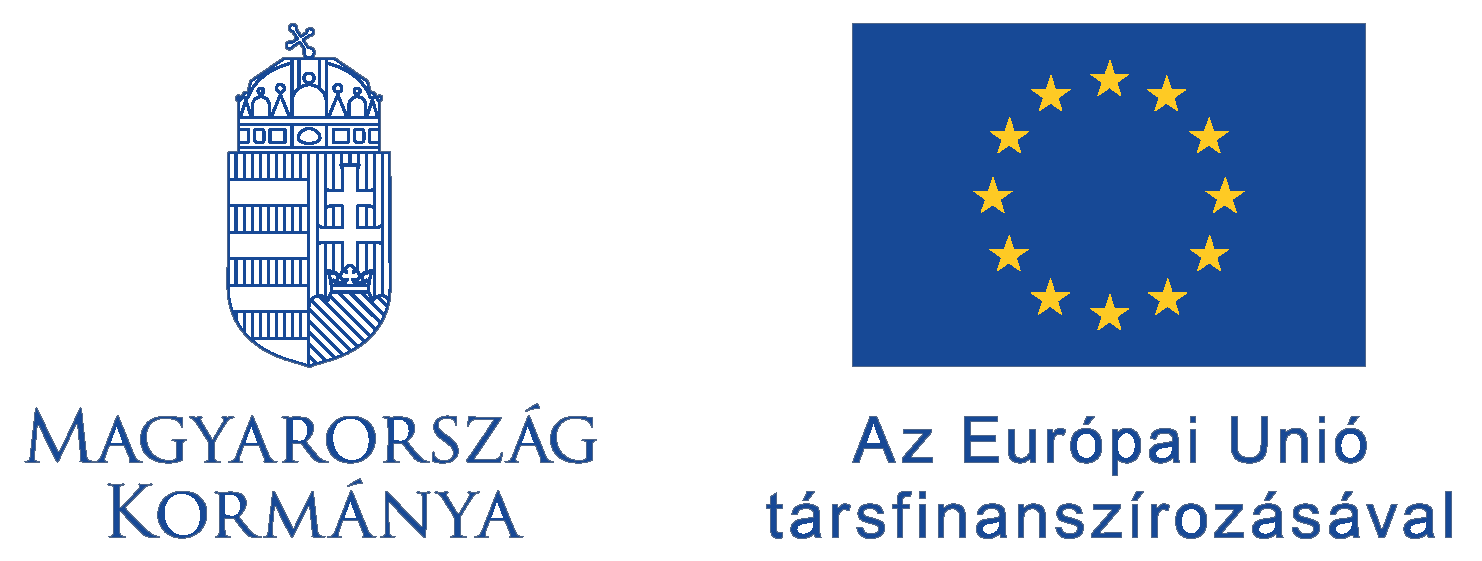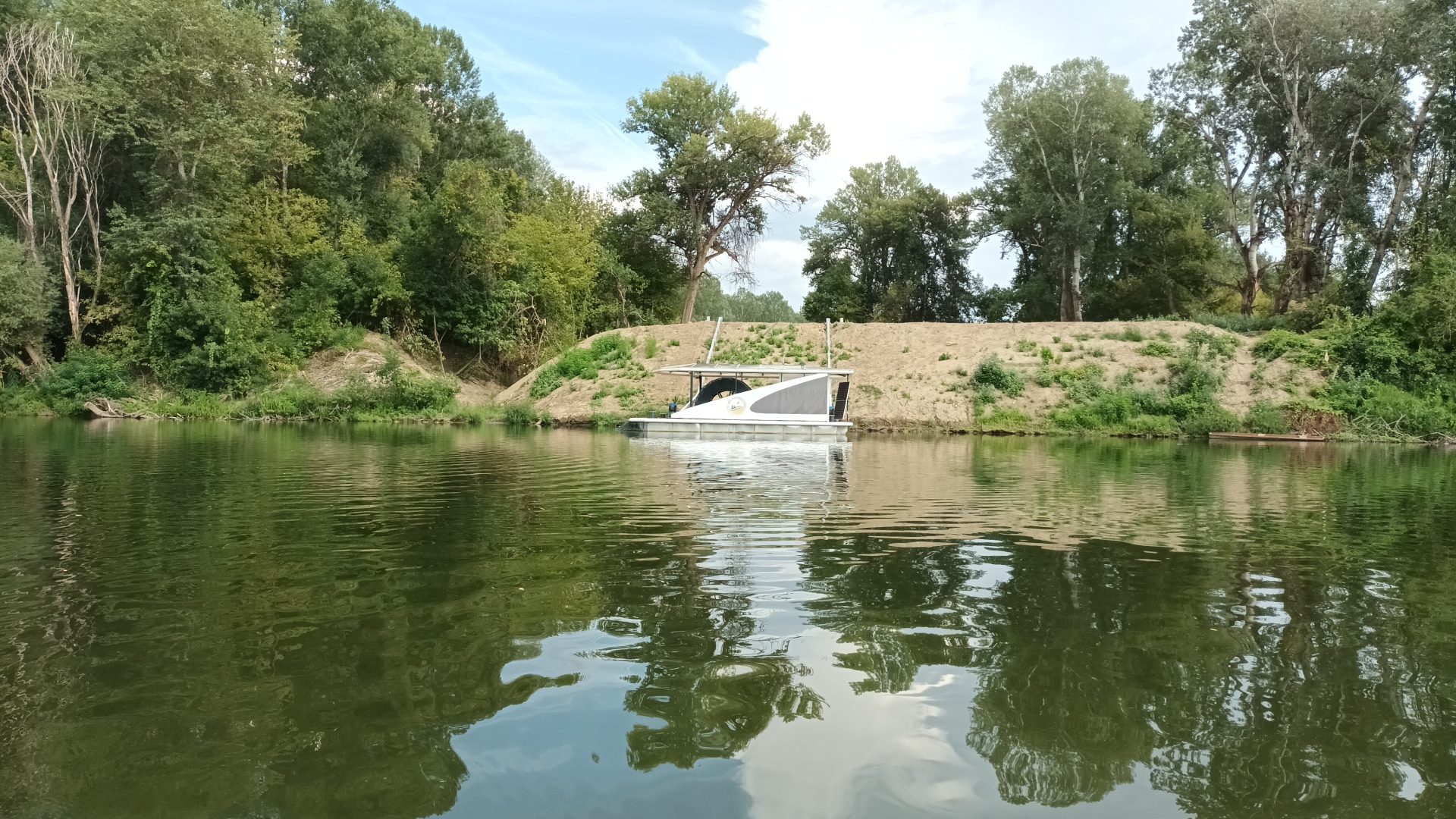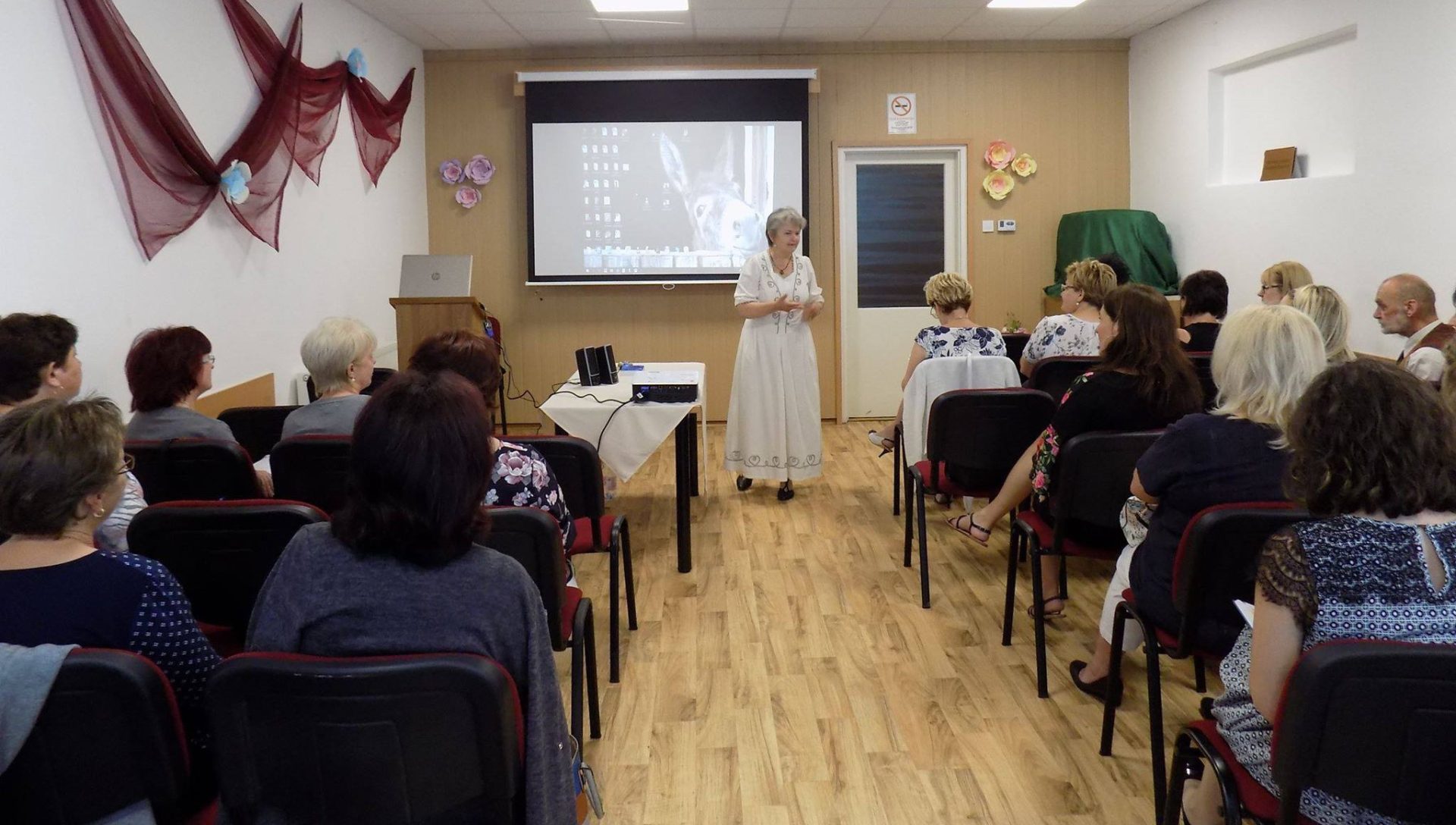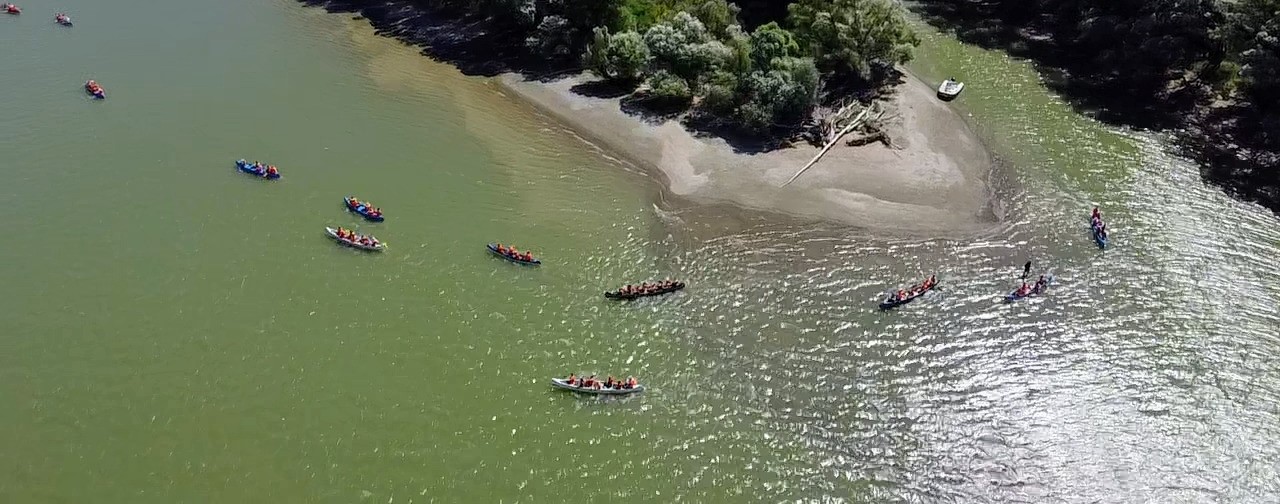Environmental and Energy Efficiency Operational Programme Plus, the continuation of the Environmental and Energy Efficiency Operational Programme, ushers in a new era in nature conservation. With a budget of HUF 42 billion allocated to the ten national parks in Hungary, 60 projects will be launched, aimed at improving the condition of the natural environment across more than 100,000 hectares.
The program’s comprehensive objectives focus on five main areas. The first and most important is habitat reconstruction, which accounts for two-thirds of the projects. Within this, two-thirds of the investments are directed towards the restoration of wetlands, as they are among Hungary’s most valuable, species-rich, and vulnerable habitats. The second largest targeted area is the development of management infrastructure, which includes the genetic conservation of native animals and the conservation management of protected areas. Currently, more than 13,000 native livestock (such as grey cattle, buffalo, aurochs, Hungarian white, Carpathian gray, cikta, racka, and cigája) are helping to maintain protected grasslands, while efforts are underway to modernize animal husbandry facilities, watering points, and roads. The third priority is strengthening outreach activities, with the goal of developing ecotourism. National parks welcome over 1.6 million visitors annually, and half of the 700 tourism facilities in the country are directly operated by national parks. The fourth focus is the protection of abiotic natural values. The Hungarian cave registry lists over 4,000 caves, and Hungary is also home to three UNESCO Global Geoparks. The fifth objective is ensuring the conditions for nature conservation protection. The national park conservation guard service has 250 staff members, and projects will lead to the development of guard service offices, machinery, and the acquisition of new equipment.
Five projects will be launched in the Balaton Uplands National Park Directorate area, with a total value of nearly HUF 2.6 billion. Among them, the Environmental and Energy Efficiency Operational Programme Plus project titled Complex Wetland Development in the Sásdi-rét NATURA 2000 Area will be implemented with a budget of HUF 160 million to preserve the proper water balance. This is particularly important for the protection of highly endangered species, such as the primrose (Primula farinosa), a remnant of the Ice Age, which has one of its most important habitats here.
The project titled Development of the Nature Conservation Management of Forested Areas and Kurgans in the Hortobágy National Park Directorate Area aims to enhance the conservation management of forests and kurgans, with a budget of nearly HUF 430 million. The investment will include the purchase of specialized machinery to remove invasive plant species, plant native tree species, and protect and manage the kurgans. The project will bring more than ten kurgans and over 700 hectares of land into a more favorable conservation condition. These interventions will prevent the re-emergence of invasive species in the long term, while improving the overall state of the natural environment. In addition to this newly launched development, four more projects are expected to be implemented in the Hortobágy National Park Directorate area.








